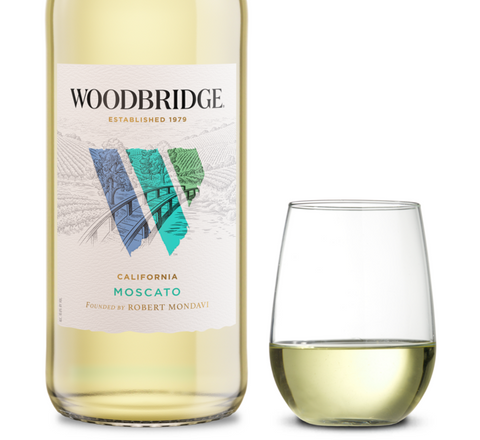(Updated July 4, 2025)
Moscato has been around for a very long time. There are even Egyptian hieroglyphs about Moscato. Well, maybe not that far back but it did originate in the Middle East and has been traced back to the ancient Greeks.
Moscato means muscat in Italian and refers to a family of grapes known for being lush and sweet. The moscato that we enjoy today owes its heritage to the town of Asti in the Piedmont region of Italy.
The wine is characterized by its “frizzante” in Italian or fizz in English with a low alcohol content typically not more than five percent and subtle sweetness on the palate. Simply, it tastes good. Like lemonade. Maybe it is the lemonade of wine. And for the same reason that it is widely consumed, it is also derided. Especially among what could probably be called Old World wine drinkers.
If you are over 45 years old and favor Cabernet Sauvignon for dinner then you have probably raised your nose at a moscato drinker. The most subscribed derogation of moscato drinkers is that they have unsophisticated palates. Similar to how enthusiasts of well-done steak are advised to try ordering chicken.
But if moscato is your jam then let’s all raise our glasses to the grape that is probably doing the most in terms of making people stock their beer coolers with a bottle or two of wine. Eating and drinking is primal and something that brings us all together so if the lemonade of wine is doing something for inclusion then that is an undeniably a good thing.





Comments (0)
There are no comments for this article. Be the first one to leave a message!